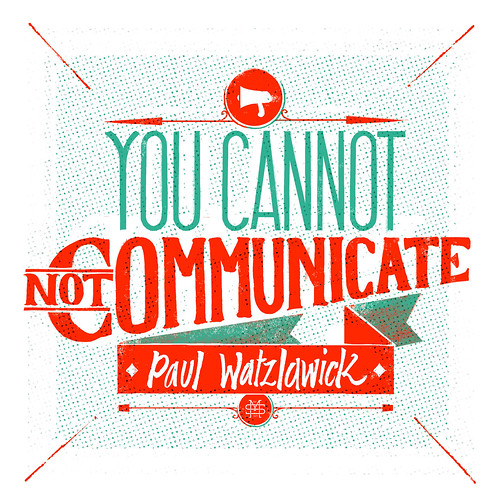You Need To Communicate Conference Changes To All Your Stakeholders
You’re convinced that you need to make changes to your conference experience and have got approval from your boss and leadership to proceed.
You’re excited about those changes and ready to launch that new experience.
Then you discover that many of your conference stakeholders do not respond with the same enthusiasm. Your stakeholders’ response is disheartening. It’s hard not to take it personally.
Resistance Will Come
Be forewarned. No matter what changes you implement, you are guaranteed to have some stakeholder resistance. It is a common response.
Just remember, the success of your new conference changes does not rest on the negative reactions to change by some. Your success rests on good implementation and communication.
Communicating The Why Behind The Change
If you are implementing new changes to your conference experience, communicating those changes to your stakeholders is one of the keys to successful implementation.
More than communicating the change, you need to focus on why you’ve made those changes to get buy in and adoption. When your stakeholders understand “the why” behind the change, they are more likely to approach the change with an open mind.
Four Characteristics Of Communication To Overcome Resistance
Education professional, researcher and author Maryellen Weimer outlines how to overcome resistance to change, especially changes to education methods, through communication. Paraphrasing Weimer, overcoming resistance is not something the conference organizer does for the stakeholders. It is something the conference leaders work to help their stakeholders accomplish for themselves.
Weimer identified that the best solutions involve communication, two-way free communication that is an exchange between everyone involved. Here are four characteristics of that communication that you should adopt and implement.
1. Communication Is Frequent And Explicit
The rationale behind these conference changes need to be discussed openly and regularly. It should not be a secret or a surprise. When making changes to your education sessions, the reasoning behind participant-centered learning approaches should be discussed openly. Why? Your conference stakeholders have not spent a lot of time thinking about the learning process. They need to hear good and compelling reasons to justify your new approaches.
2. Communication Encourages And Positively Reinforces
Some resistance to change comes from anxiety, the fear of not knowing the outcome of the change. Your communication should help stakeholders cope with any anxious feelings. Tell them that you know your conference is pushing the envelope and you fully believe that they can step up to the plate and succeed even more with these changes. Be authentic and encourage them to trust the process and their ability to learn and unlearn.
3. Communication Solicits Feedback From Stakeholders
Ask for grace and recruit them to provide honest feedback on what works and doesn’t work. Let your stakeholders know that all the changes have been made to improve their experience and that you see them as your partner. Give them ample opportunity to talk about the experiences they are having and welcome both negative and positive feedback. Ask what happened? What worked well? What needs to be improved? If we want it to work better next time, what should be changed?
4. Communication Resists Your Stakeholder Resistance
Unhappy, disgruntled, whining, Debbie-Downer stakeholders get on the nerves of most conference leadership. When the vocal minority, not the silent majority, continues to complain, it can wear us down, especially at the beginning of any new endeavor. If you as a conference leader display cold, uncaring attitudes and lack of enthusiasm, your stakeholders resist even more. So don’t become part of the problem. The solution to resistance rests on your commitment to implement those changes. You cannot go into these changes half-heartedly. Point out the resistance, discuss it and suggest options. Resistance begins to fade when stakeholders perceive that leadership knows what they are doing and why.
Remember, there are many other conference leaders that have gone before you and implemented successful changes, even to their conference education. As your confidence grows and your stakeholders have successful experiences, resistance will fade.
What tips do you have to share about implementing changes are your conference? What types of communication methods have you used when implementing conference changes?


